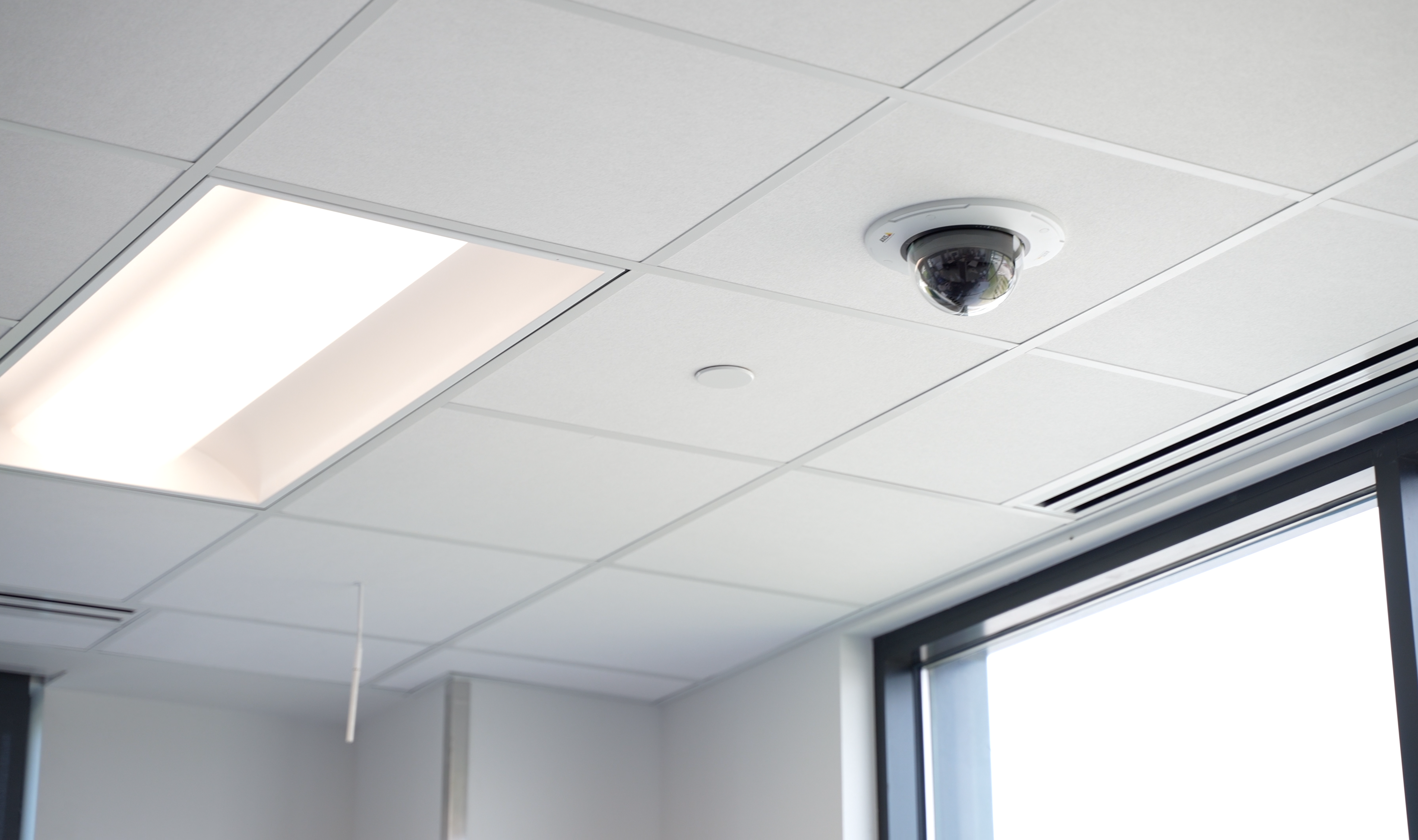Integrating advanced technology into new building plans is no longer a luxury but a necessity.
Audio/Video (A/V) capture technology, in particular, offers a transformative opportunity for colleges and universities to enhance the educational experience.
From classrooms and lecture halls to labs and clinics, every corner of a campus can become a dynamic hub of knowledge transfer, thanks to the strategic use of A/V tech.
This blog post explores how general contractors (GCs), architects, engineers, and IT professionals can seamlessly integrate audio/video capture systems into campus infrastructure.
How Does A/V Capture Technology Enhance the Educational Experience?
Integrating A/V capture technology into campus infrastructure allows institutions to rethink how knowledge is transferred, retained, and assessed, creating more engaging and interactive learning environments.
Enriching Campus Spaces
A/V capture technology can significantly enhance many areas on campus:
- Classrooms: Instructors can record lectures and make them available to students to review later, accommodating different learning paces and styles while also reinforcing comprehension.
- Lecture halls: Guest lectures and important events can be captured and streamed to a broader audience, extending the reach of valuable insights and discussions.
- Labs: Students can document experiments and procedures, facilitating better analysis and reflection on their work.
- Clinics: Practical skills and real-time applications can be recorded for later review, aiding in developing hands-on skills.
Heather Pollard, Mount Royal University child development lab coordinator, highlights the impact of A/V capture technology at her institution:
“Our students can use the technology in a way that helps them reflect on the development of their skills and the teachings they’re learning with children. They’re able to understand the theory behind the practical application. It’s been amazing for the students to capture that learning and go beyond.”
Improved Knowledge Transfer
With audio/video capture technology, educational institutions can create dynamic hubs of knowledge transfer, bringing many benefits to students including the ability to:
- Facilitate remote learning: Students who cannot attend in-person classes can still participate in and benefit from live sessions.
- Support flipped classroom models: Instructors can assign recorded lectures as homework, freeing up class time for interactive discussions and hands-on activities.
- Enhance accessibility: Recorded content can be supplemented with captions and transcripts, making learning materials accessible to all students, including those with disabilities.
- Peer Review: Video gives students opportunities for critical assessment from their peers, resulting in a more comprehensive learning methodology.
Integrating audio/video capture technology into new building plans at colleges and universities creates an enriched educational environment that meets the needs of modern learners and prepares them for the future.

Considerations for Seamless Integration
To successfully integrate audio/video capture technology into new building plans for colleges and universities, thoughtful planning and coordination are essential.
Here are some key considerations to ensure a seamless integration process:
Thoughtful planning and coordination with architects and general contractors.
Incorporating A/V capture into campus infrastructure requires meticulous planning and close collaboration between architects, GCs, and tech providers. Early involvement of all parties in the design and planning stages can help address potential challenges and integrate the technology more smoothly. By working together from the beginning, these teams can ensure that the infrastructure supports the necessary technological requirements, such as proper wiring, network access, and spatial accommodations for equipment.
Download Effective Use of Audio/Video Capture in Higher Education (Planning Guide):.png?width=381&height=359&name=HE%20AV%20Guide_AD19_0624(2).png)
Early discussions of platform logistics, including network capacity, spatial design, and equipment compatibility.
Several logistical aspects must be considered to ensure the successful implementation of A/V capture technology:
- Network capacity: A robust and reliable network supports high-quality video capture and streaming. Institutions must assess their network infrastructure and upgrade if necessary to handle the increased data load.
- Spatial design: The physical layout of the classrooms, lecture halls, labs, and other spaces should be designed to accommodate the technology and equipment, which includes considerations for camera placement, lighting, and acoustics to ensure optimal recording conditions.
- Equipment compatibility: Selecting the right audio/video capture system is vital. The chosen system should be compatible with other technology used on campus, and flexible enough to adapt to various educational settings.
Emphasizing the need for consistent communication between technology providers, IT departments, and construction teams.
Effective communication is the backbone of successful technology integration. IVS establishes regular communication channels between IT departments and construction teams to make sure everyone is on the same page. This collaboration helps in:
- Aligning objectives: All parties will clearly understand the goals and requirements of the project.
- Promptly addressing issues: Identify and resolve any issues during the implementation stages.
- Ensuring cohesive implementation: IVS makes sure the integration process is smooth and the technology functions seamlessly within the new infrastructure.
By prioritizing these considerations, colleges and universities can easily integrate audio/video technology into their new building plans, ultimately enhancing the educational experience and supporting the institution's long-term growth.
Ready to take the next step?
Request a demo of VALT, our simple, secure video solutions tool built for higher education and healthcare training and research initiatives!








